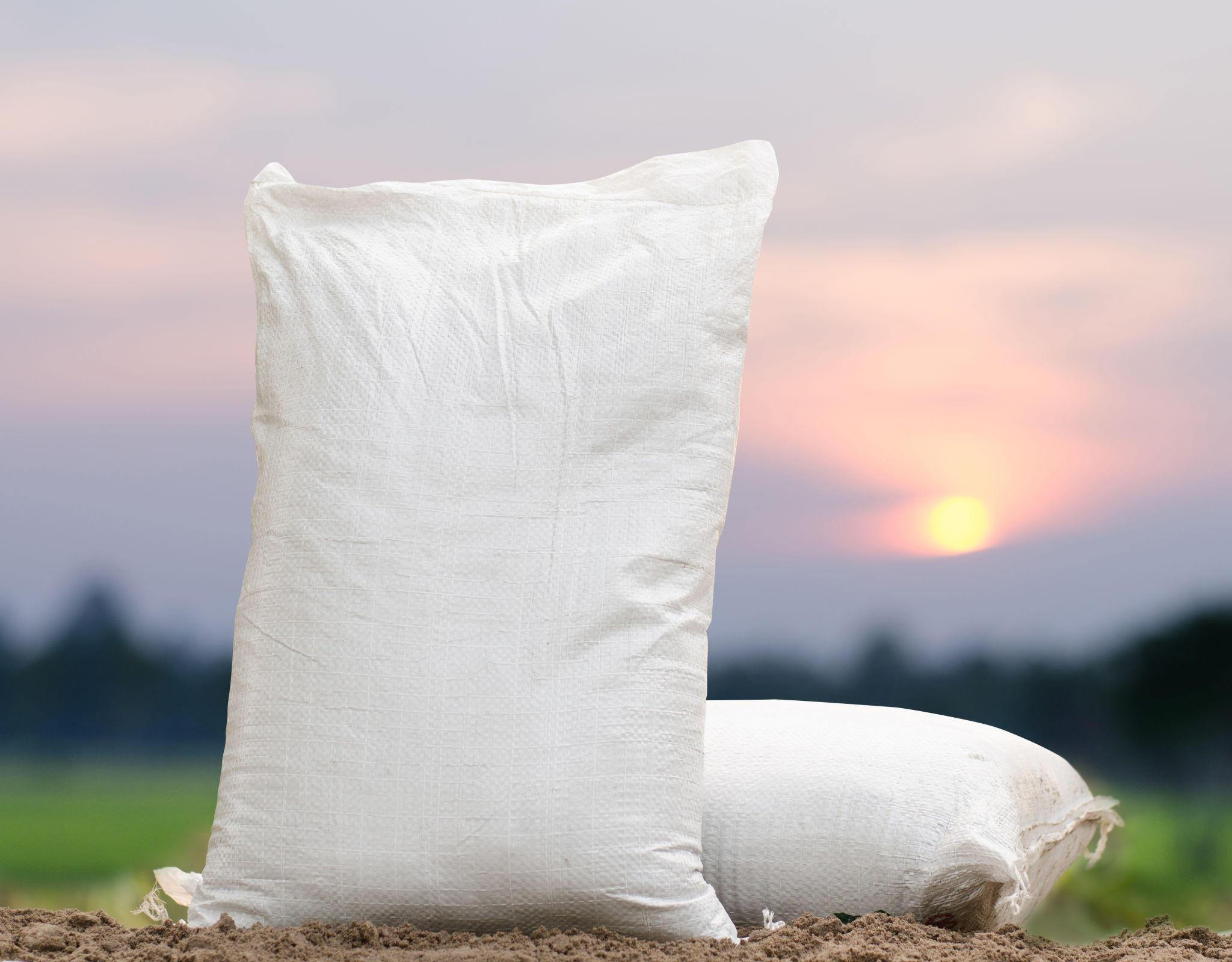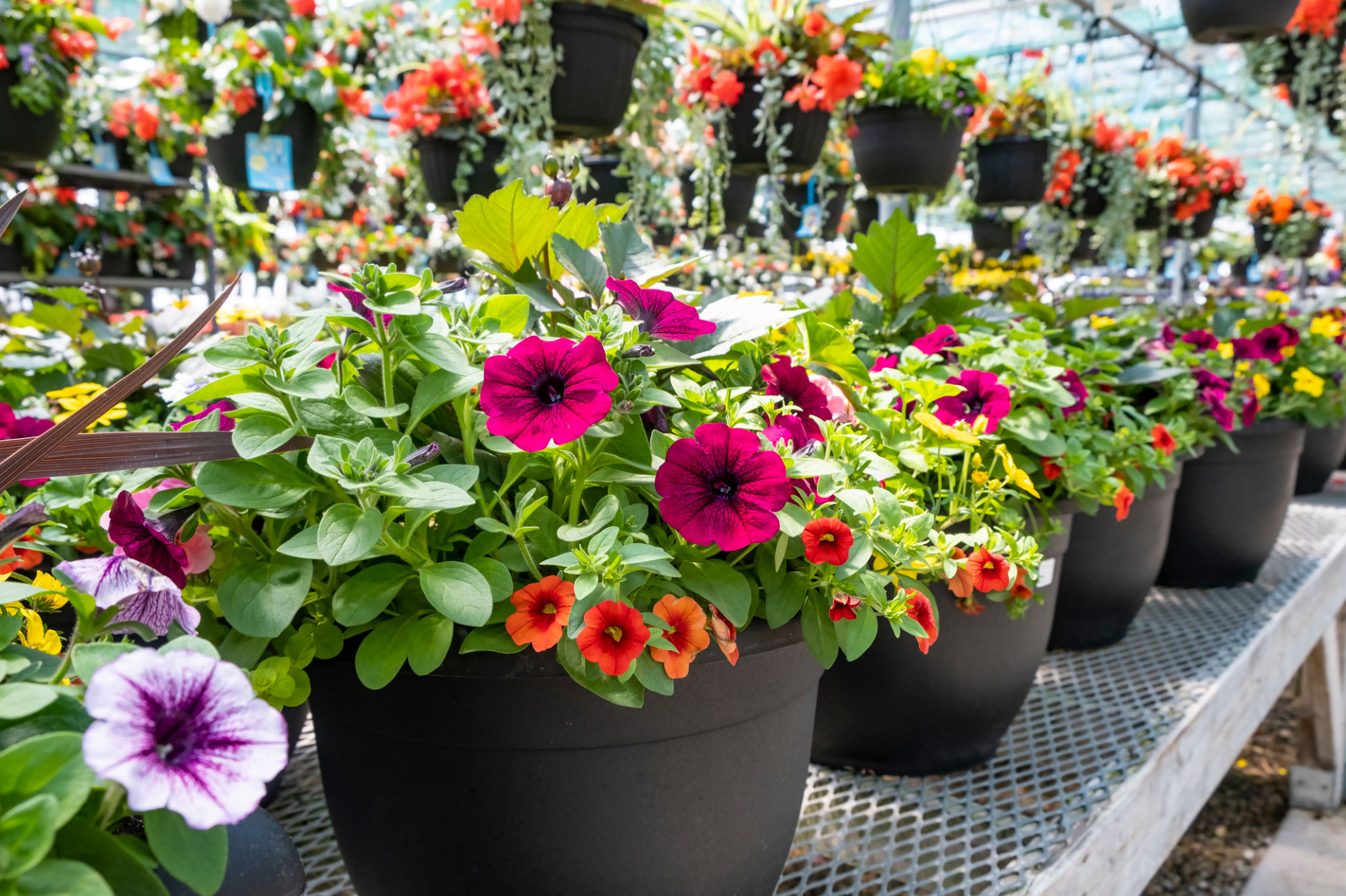Choosing the Right Fertilizer: A Guide to Urea, DAP, SSP, and TSP
Understanding Fertilizers: Urea, DAP, SSP, and TSP
When it comes to maximizing crop yield and ensuring healthy plant growth, choosing the right fertilizer is crucial. With various options available, such as Urea, DAP, SSP, and TSP, it can be overwhelming to decide which one is best suited for your agricultural needs. This guide aims to simplify the decision-making process by providing essential information on these popular fertilizers.
Fertilizers are key in enhancing soil fertility and providing essential nutrients to plants. Each type of fertilizer has unique benefits and applications. Understanding the differences between them will help you make an informed choice that aligns with your specific crop requirements.

Urea: A Nitrogen Powerhouse
Urea is one of the most widely used nitrogen fertilizers in agriculture. It contains about 46% nitrogen, making it an excellent source of this essential nutrient. Urea is highly soluble in water, which allows for easy application and absorption by plants. It is particularly beneficial for crops that have a high nitrogen demand, such as wheat and maize.
One of the advantages of urea is its versatility; it can be applied directly to the soil or used in foliar sprays. However, it's important to note that urea can lead to nitrogen volatilization if not applied correctly, especially in high-temperature conditions. To maximize its effectiveness, incorporate urea into the soil soon after application.
DAP: Balanced Nutrition
Diammonium Phosphate (DAP) is a popular choice for providing both nitrogen and phosphorus to crops. Containing 18% nitrogen and 46% phosphorus, DAP is suitable for a wide range of crops and soil types. It supports root development and enhances the overall growth of plants.
Farmers often prefer DAP for its ability to supply a balanced ratio of key nutrients. Its granulated form ensures an even distribution when applied to the soil. However, care should be taken to avoid excessive use, as high phosphorus levels can lead to environmental concerns such as eutrophication.

SSP: Boosting Phosphorus Levels
Single Superphosphate (SSP) is another phosphorus-rich fertilizer containing about 16-20% phosphorus, along with calcium and sulfur. SSP is ideal for enriching soils that are deficient in phosphorus and sulfur, which are vital for plant growth and development.
This fertilizer is particularly beneficial for legumes and oilseeds, as these crops often require higher phosphorus levels. Additionally, the presence of calcium helps improve soil structure, promoting healthier root systems. SSP can be applied at the time of planting or as a top-dressing during crop growth phases.
TSP: High-Phosphorus Fertilizer
Triple Superphosphate (TSP) offers a high concentration of phosphorus (around 44-46%) and is often used when there is a significant need for this nutrient. TSP helps in boosting root growth and improving fruit and seed production in plants.
This fertilizer is typically used in soils with low phosphorus levels or in situations where a rapid supply of phosphorus is needed. Like other phosphorus fertilizers, TSP should be used judiciously to prevent potential environmental impacts.

Choosing the Right Fertilizer for Your Needs
When selecting a fertilizer, consider factors such as soil nutrient content, crop type, growth stage, and environmental conditions. Conducting a soil test can provide valuable insights into nutrient deficiencies and help you tailor your fertilization strategy accordingly.
It's also essential to follow recommended application rates and guidelines to avoid nutrient imbalances that could harm crops or the environment. By choosing the right fertilizer and applying it responsibly, you can enhance crop productivity while maintaining sustainable agricultural practices.
